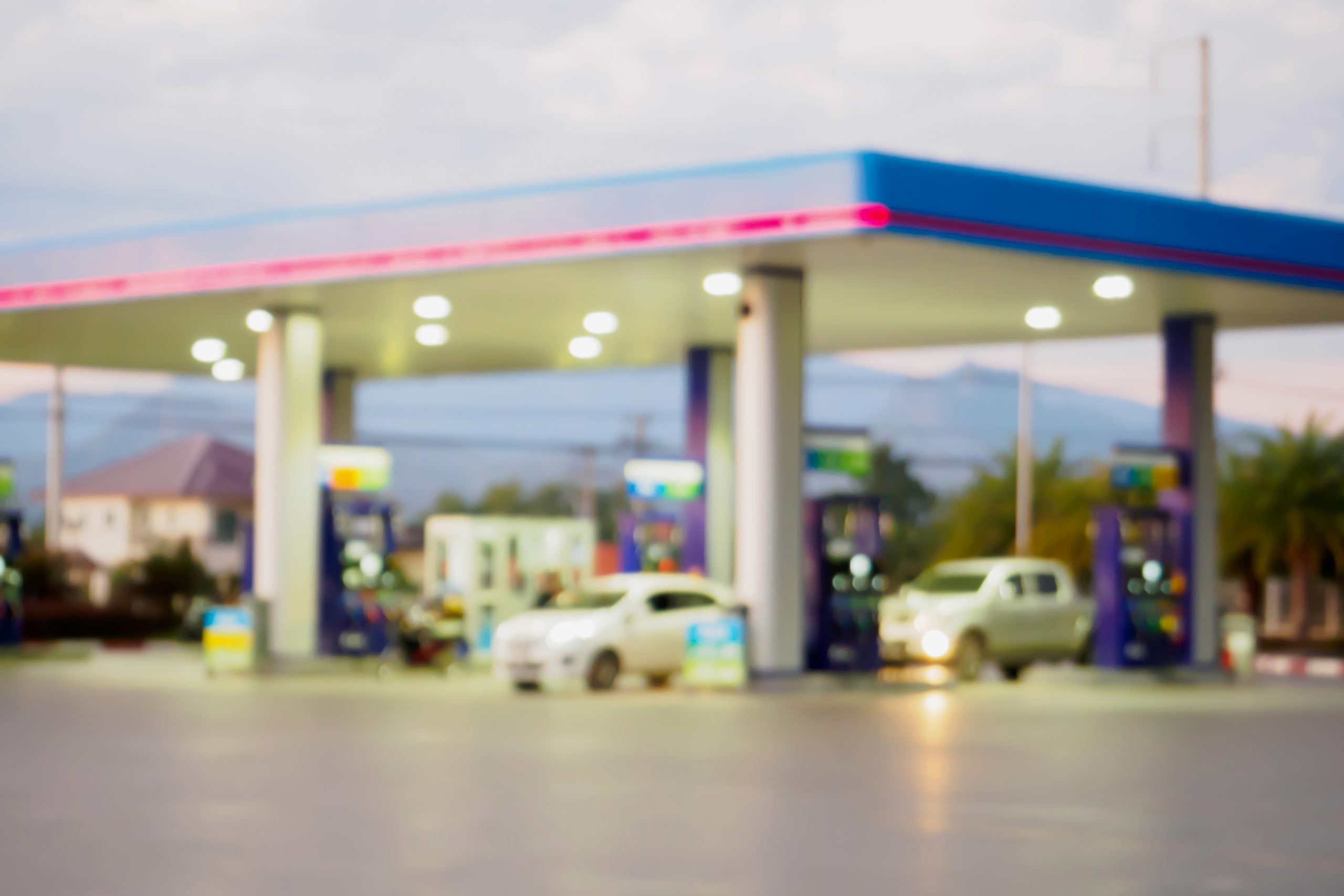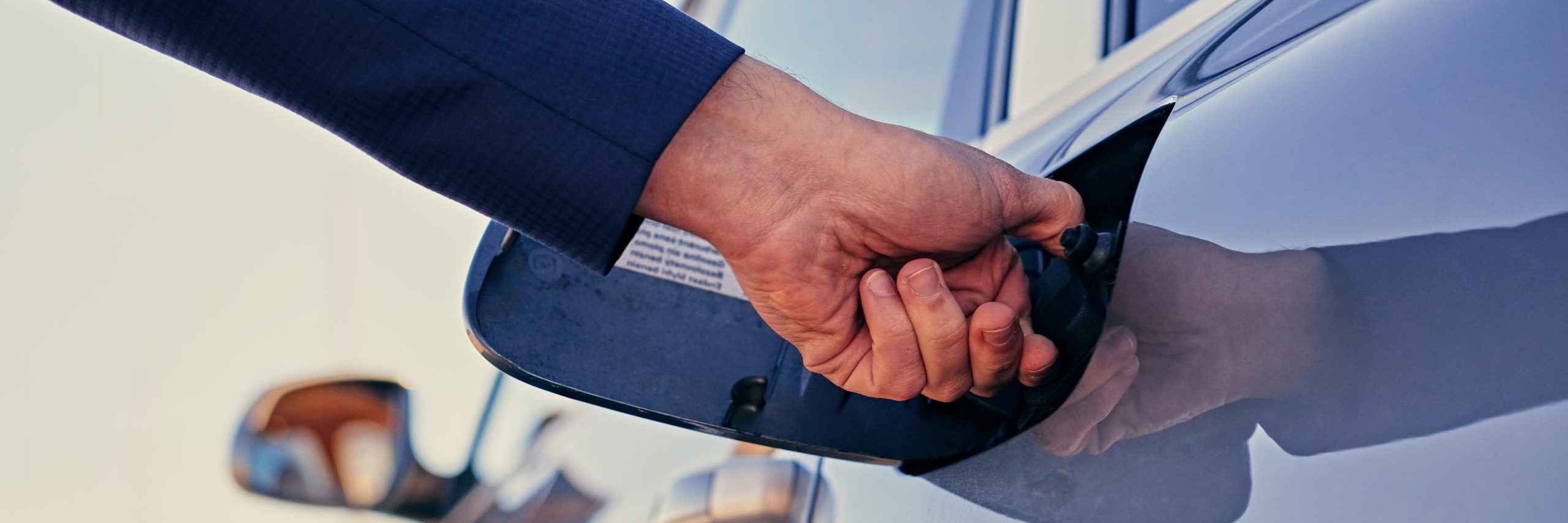The fuel excise was aimed at temporarily easing the cost-of-living difficulties as fuel prices continued to rise.
Fuel prices are set to go up by 25.3 cents a litre once the federal government’s fuel excise ends on September 29.
In March, the previous Coalition government halved the tax on each litre of fuel sold in Australia by 22.1 cents.
The fuel excise that is expected to cost the government about $3 billion in lost revenue, was a move aimed at temporarily easing the cost-of-living difficulties as fuel prices continued to rise.
According to the Australian Competition and Consumer Competition (ACCC), prices went up by 48 cents a litre for unleaded petrol and 57 cents for diesel by June.
Fuel prices have been declining gradually since June and from early September the average retail petrol prices went down between 50 and 44 cents a litre in capital cities, according to ACCC.
In the same period, diesel dropped between 33 and 28 cents a litre.

It comes as Europe is dealing with an energy crisis from the war in Ukraine, which is one of the many factors for the increase of fuel prices.
Russia is one the largest oil producers in the world and was the source of 40 per cent of Europe’s natural gas last year.
The sanctions imposed on Russia for the invasion of Ukraine has seen energy prices and inflation surge.
The ACCC Chair Gina Cass-Gottlieb has advised people to shop around to save more money on fuel as there can be dramatic variations in price within the same city.
“Shopping around and using fuel price apps can help consumers find the cheapest petrol in their area,” Ms Cass-Gottlieb said.
“Our previous research has shown that buying at independent retailers and avoiding the top of the petrol price cycle in the five largest capital cities can save motorists a lot of money.”





